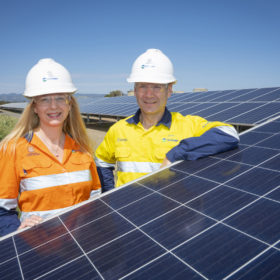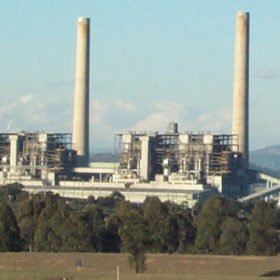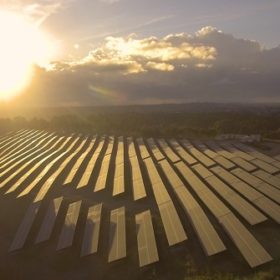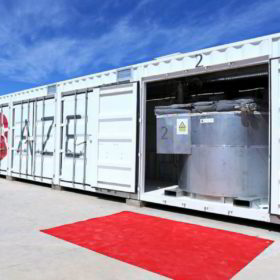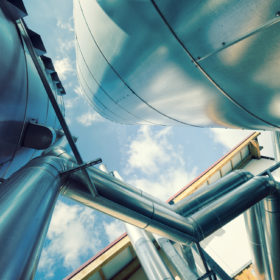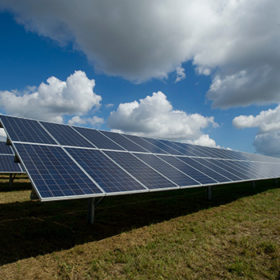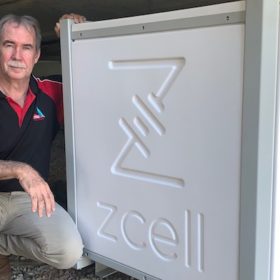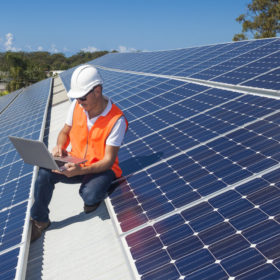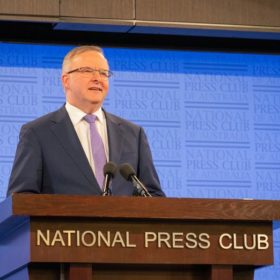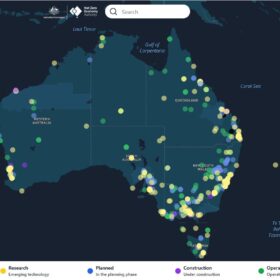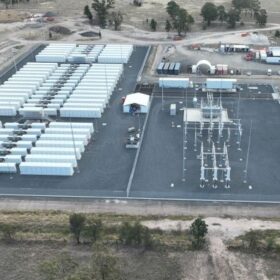SA Water’s solar splash undaunted by Covid-19, proposes more solar
Despite unprecedented economy-wide impacts brought on by the Covid-19 pandemic, SA Water’s planned $300 million solar and energy splash in 2020 has managed to stay on track. Not only do the utility’s ambitions for a zero energy cost future remain within reach, but the utility is already planning more solar.
AGL commits to bare minimum, carbon neutral option for customers and bonuses for executives
AGL, Australia’s largest carbon emitter, has updated its Climate Statement today, confirming its net zero emissions target by 2050 and announcing that all its products will now come with a carbon neutral option for customers to offset its emissions. AGL says the energy transition is a time to show its leadership but instead asks its customers to take the hit.
Solar exceeds all expectations in NSW coal-country
The City of Newcastle, home to the world’s busiest coal harbour, has seen its 5 MW solar farm generate double its projected revenue in the first six months of operation. The profits are a resounding endorsement and vindication of the Council’s audacious 100% renewable generation achievement.
What’s going on in the world of thermal energy storage?
Can this technology be commercialized? A partnership between Siemens Energy and EnergyNest to develop thermal storage solutions together is the latest development in an industry with lots of potential, but little practical application thus far.
UNSW and Providence Asset Group form hydrogen research to market partnership
The University of New South Wales Sydney and Providence Asset Group are teaming up to form the Hydrogen Energy Research Centre, a university-to-industry institute toward the translation of hydrogen research into commercial production as Australia looks to become a world leader in hydrogen exports.
Aus Government to apply Consumer Data Right to the energy sector
In a bid to encourage competition, the Morrison Government has announced its formal application of the Consumer Data Right regime to the energy sector. It is a move supported by the Australian Energy Council and Energy Consumers Australia but how much power can the consumer expect in the Big Data revolution?
Australian Energy Council decries both parties, calls for net zero emissions by 2050
Representing virtually every major energy company in the country, the Australian Energy Council has called on the Coalition to set a target of net zero emissions by 2050. The call follows Opposition Leader Anthony Albanese capitating extension of an olive branch in his speech to the National Press Club this week.
Redflow now Australia-wide after entering “ideally suited” Top End
Redflow Batteries’ latest partner is Northern Territory veteran power-related products company Delta Electrics. Andrew Boller, General Manager of Delta Electrics, believes Redflow’s zinc-bromine batteries are ideally suited to the hot, demanding conditions of the Top End.
CER reports significant decline in potentially unsafe PV systems
A very small number of PV systems installed on Australian rooftops are considered to be potentially unsafe, the Clean Energy Regulator’s new report finds. Water entering DC isolators is identified as the greatest risk and the most common cause of PV system failures.
Albanese calls on Morrison to negotiate a bipartisan energy framework
Anthony Albanese has proposed negotiations for a bipartisan agreement on an energy policy framework to create greater certainty for investment.
